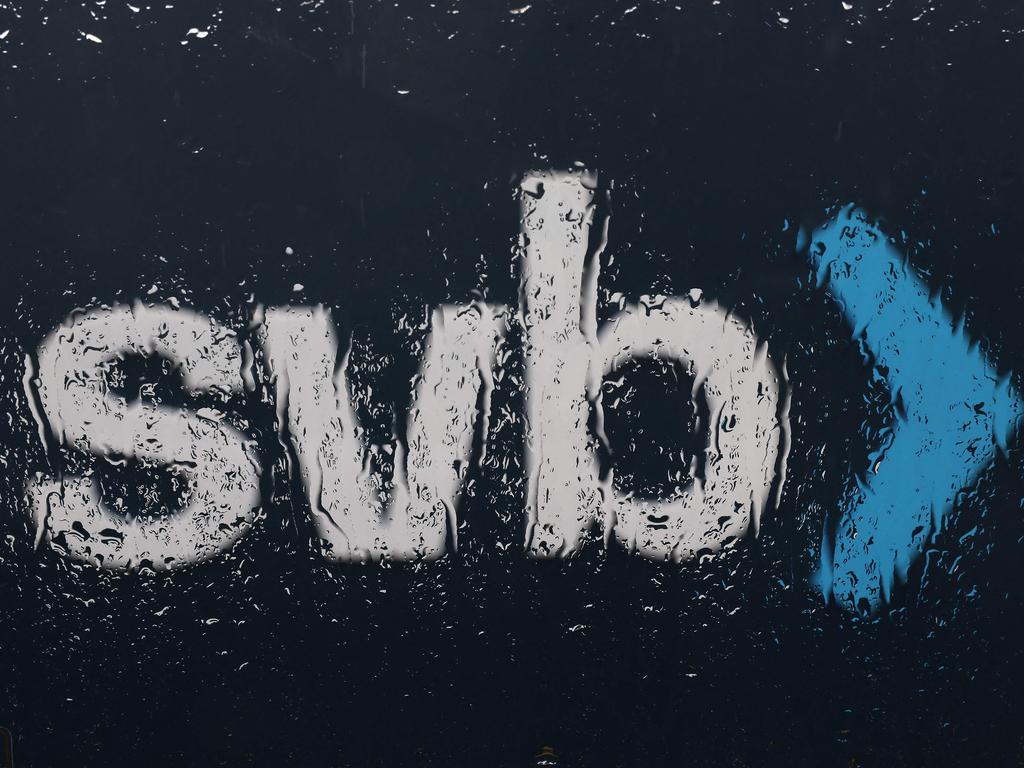Silicon Valley bank collapse to shake tech, not a Lehman moment
The high-speed collapse of the California bank will rock an already beaten up tech sector, but it’s not a Lehman Brothers moment.
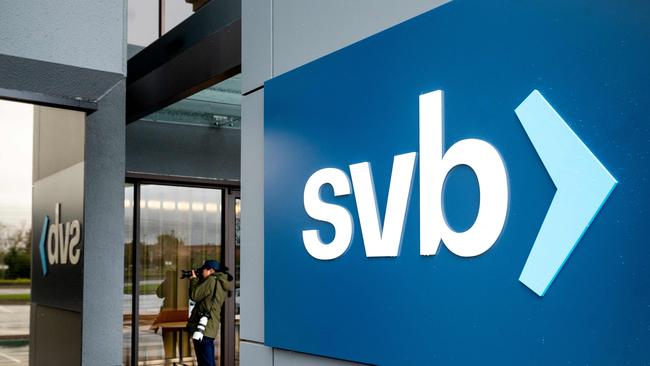
Business
Don't miss out on the headlines from Business. Followed categories will be added to My News.
The high-speed collapse of a California bank that until the weekend many Australians had never heard of will rock an already beaten up tech sector – including some players here – but it’s not a Lehman Brothers moment.
The implosion of Silicon Valley Bank is a stark reminder that no matter the balance sheet protections, the oxygen of the financial system is funding. And with the Federal Reserve and other banks pumping up cash rates, this is distorting money markets in new ways.
When a bank goes under it represents the equivalent of bomb going off, with damage hitting those most closest to it. In this case it was tech companies and venture capital funds that were among the biggest customers of SVB – and some Australians are lucky to have missed the hit.
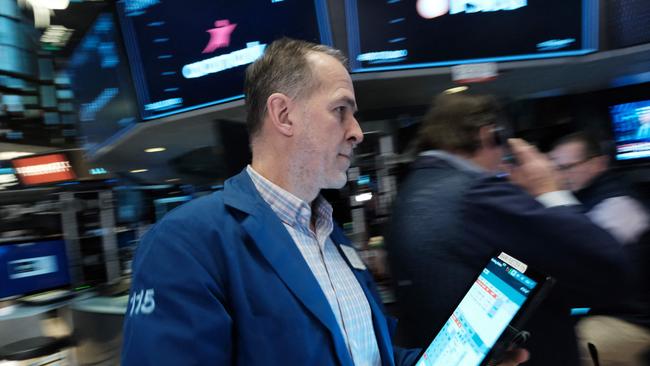
In 2008 when Lehman Brothers collapsed it counted every other Wall Street bank and major main street banks as a counterparts to its toxic securities book and the destruction was felt around the world. Money markets at the time slammed shut causing a global liquidity crisis as fears spread about contagion to a collapsing US housing market.
SVB’s problems were not an issue of lack of liquidity in the financial system or bad loans or even failing customers, rather it was the unique confluence of issues afflicting this bank, including what it was doing with deposits.
California regulators on Friday closed down SVB and put it under the control of the US Federal Deposit Insurance Corp, the equivalent of Australian bank regulator APRA.
It represents the second biggest bank to collapse in the US and the biggest corporate collapse since the global financial crisis. The shockwaves will be big enough for Australian bank regulator APRA to ask local banks on Monday morning to review their potential exposure and check their funding lines.
SVB is the equivalent of a US regional bank, although a very big one. Its asset base represents $320bn, which is roughly the combined value of Bendigo Bank, Suncorp and Bank of Queensland. Or another way of looking at it is half the size of an ANZ.
There are several smaller Californian-banks also likely to face intense scrutiny in coming days, including First Republic Bank, which could be a problem as its shares were dumped on Friday. Although they don’t have the special funding structure of SVB.
The immediate damage from SVB’s collapse late Friday will be additional cash strain on technology start-ups and venture capital funds. These were among SVB’s biggest clients.
Indeed through the tech boom SVB became the US bank for venture capital and start-ups as it made a strong play for the sector.
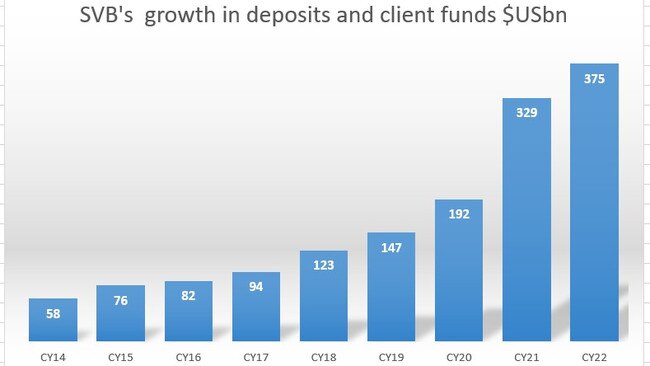
While it doesn’t have a banking license or operations in Australia, SVB had been working to drum up leads to secure business from the local tech players.
Two years ago the SVB appointed a New York-based executive specifically to target Australian and New Zealand start-ups. Australian tech companies with US operations or those planning to move into the US market were courted by SVB.
Just this week a representative from SVB had been scheduled to moderate a start-up session at the AusTrade-backed Australia House pavilion at the South By Southwest festival in Austin, Texas.
‘Under pressure’
Techs were already under pressure with funding sources drying up as cash rates around the world were pushed sky high.
Many in California will have corporate and investor funds parked with SVB. While they should receive a fraction back, they will have to join an uncertain queue to wait for their full funds. To get a sense of who the bank catered for nearly 96 per cent of SVB’s deposits fell outside the deposit protection cap of $US250,000 ($380,000).
(Through the GFC, Australia formalised its deposit protection scheme which has settled at $250,000 per customer).
Several names emerged over the weekend with a deposit exposure and, as expected, they represent a cross section of Silicon Valley. The bank also had a big client base among healthcare and pharma.
This includes streaming play Roku (US$487jm) games interest Roblox and collapsed crypto lender BlockFi also had more than $US200m with SVB. In Roku’s case the funds represent 26 per cent of its available cash, although it said it had enough funds to meet its cash demands for the coming year.
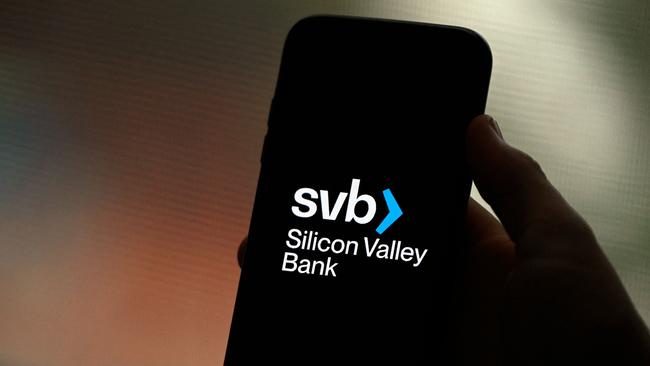
Still it’s the smaller or unlisted players that face having their deposits stuck with SVB representing a hammer blow as they attempt to fund their day to day operations, including pay staff. So too, venture capital funds risk having billions in unallocated funds parked with SVB, putting at risk future funding deals. Here Australian start-ups could feel the cold wind of a funding winter as they tap investors for new funds.
The cause of SVB’s problem wasn’t a lack of funding or bad debts, rather it had too many deposits particularly after the cash flowed in during the tech boom.
This created a good problem to have, but it is a situation that still needed to be prudently managed.
SBV parked nearly $US100bn in excess deposits in ultra-safe US Treasuries and low risk mortgage bonds. However the duration of these spanned multiple years, on average of between six and 10 years.
This meant as the outlook for US interest rates rose, the value of these bonds fell – and sharply. This created a financial hole for the bank at least on paper.
However that hole became real when the bank would have been able to trade through the cycle, however it was experiencing a higher than usual call on deposits given the high level of cash burn.
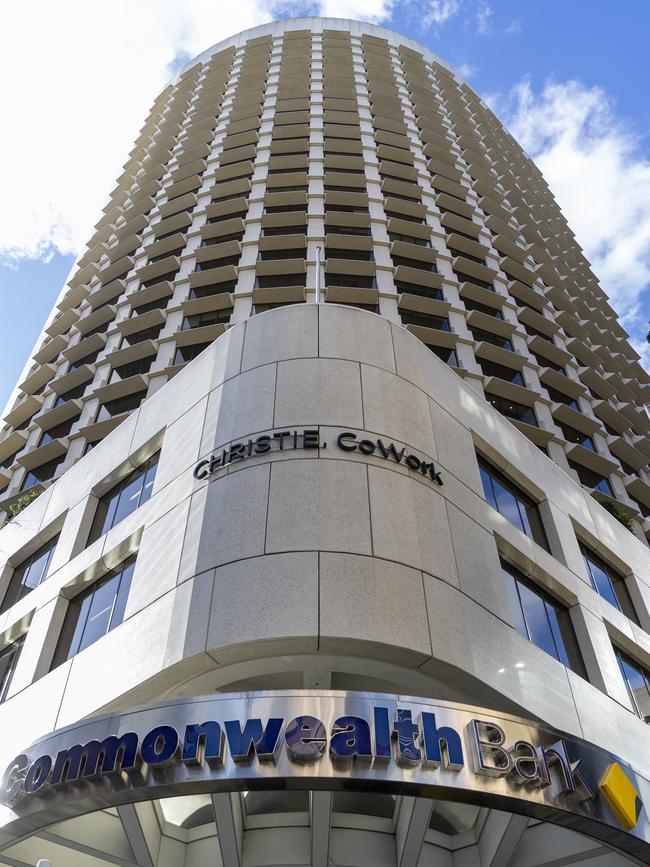
This forced SVB to take a heavy loss but lingering concerns about its ability to pay out initiated a run with more than $US42bn leaving SVB’s accounts on Thursday also. Few banks can pull out of a drastic nose dive. SVB’s shares collapsed 60 per cent, undermining its efforts to raise fresh funds.
Funding is the main game for banks and since the financial crisis Australian banks and indeed global banks, have been working hard to bolster their balance sheets under new standards called Basel 3. At the same time, they have dramatically increased their ratio of more stable deposits to fund their lending book.
This was helped through the Covid-19 pandemic when a rush of deposits made their way into Australian bank accounts with much of the savings staying there.
Commonwealth Bank’s latest accounts shows it now has 75 per cent of its lending book funding from deposits. At the time of the global financial crisis it was just 55 per cent, and other big banks had less which left them highly vulnerable to global markets.
Even early last week Australian bankers were saying funding markets were functioning as normal with credit investors looking to park funds in high quality names.
However the hit to confidence that SVB represents is likely to keep credit investors at bay, which means a spike in the cost of funds on global money markets is certain follow in coming weeks.
For Australian banks this will add an additional squeeze to interest margins, which are already being pressured by intense competition across mortgages. The question on how long the funding spike lasts could be critical for second tier banks and non-bank lenders that rely on money markets to fund lending books.
SVB’s demise bookends the collapse of the tech bubble. There will be aftershocks to come, but in itself is unlikely to trigger a new financial crisis.
johnstone@theaustralian.com.au
More Coverage
Originally published as Silicon Valley bank collapse to shake tech, not a Lehman moment



